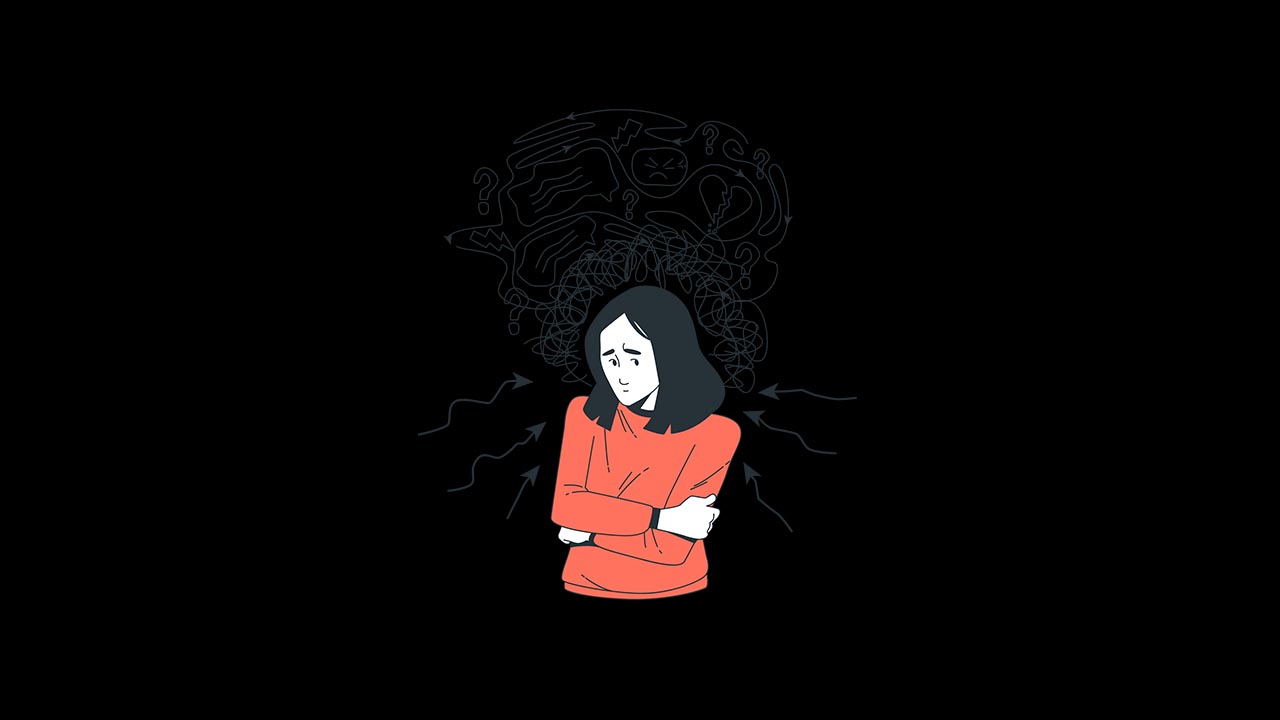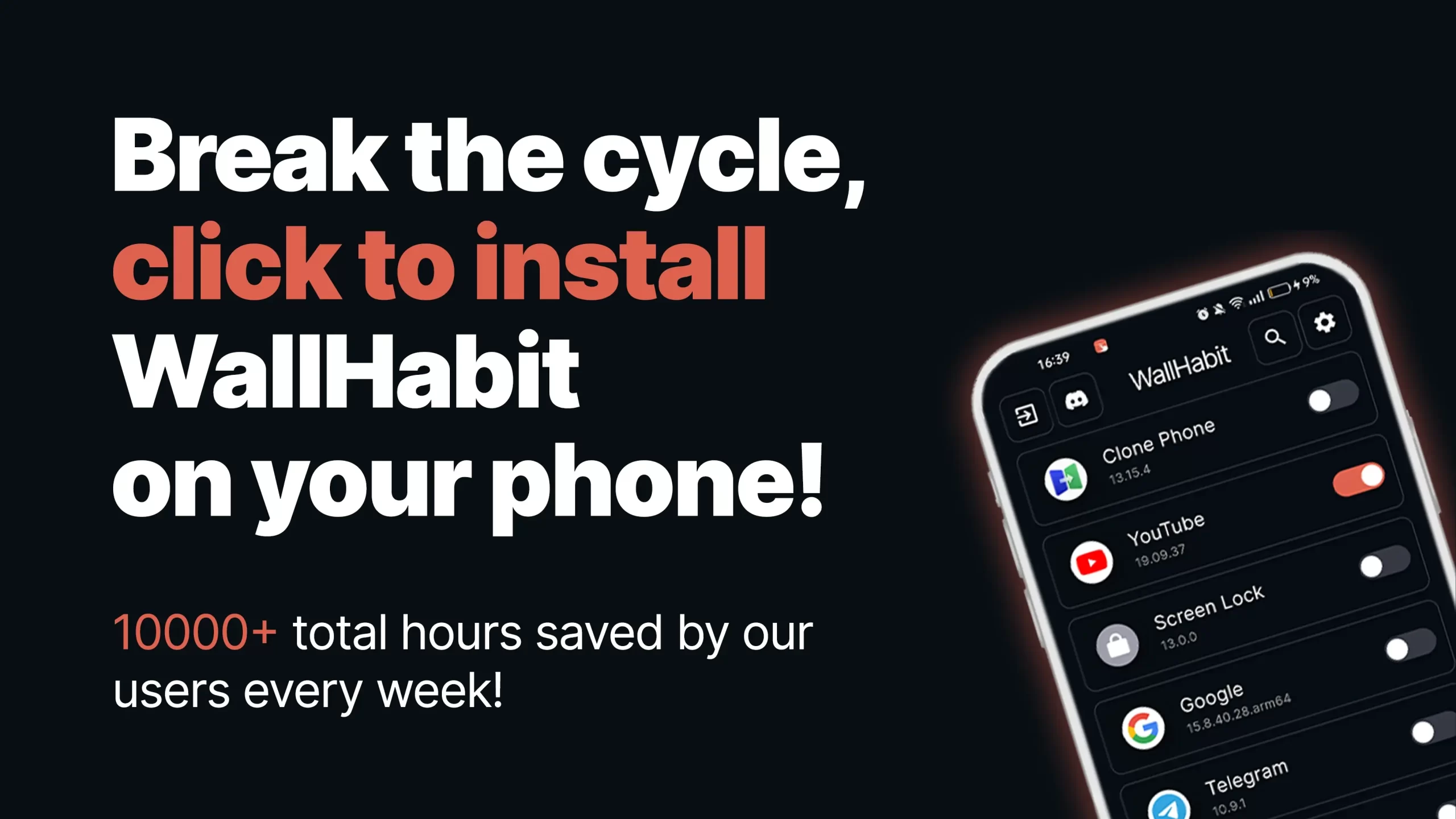In today’s world, digital distractions are everywhere. From smartphones and social media to email notifications and online videos, our attention is constantly pulled in multiple directions. These distractions can have a serious impact on our productivity and overall well-being. In this blog post, we’ll explore what digital distractions are, how they affect us, and practical strategies for avoiding digital distractions.
What Are Digital Distractions?
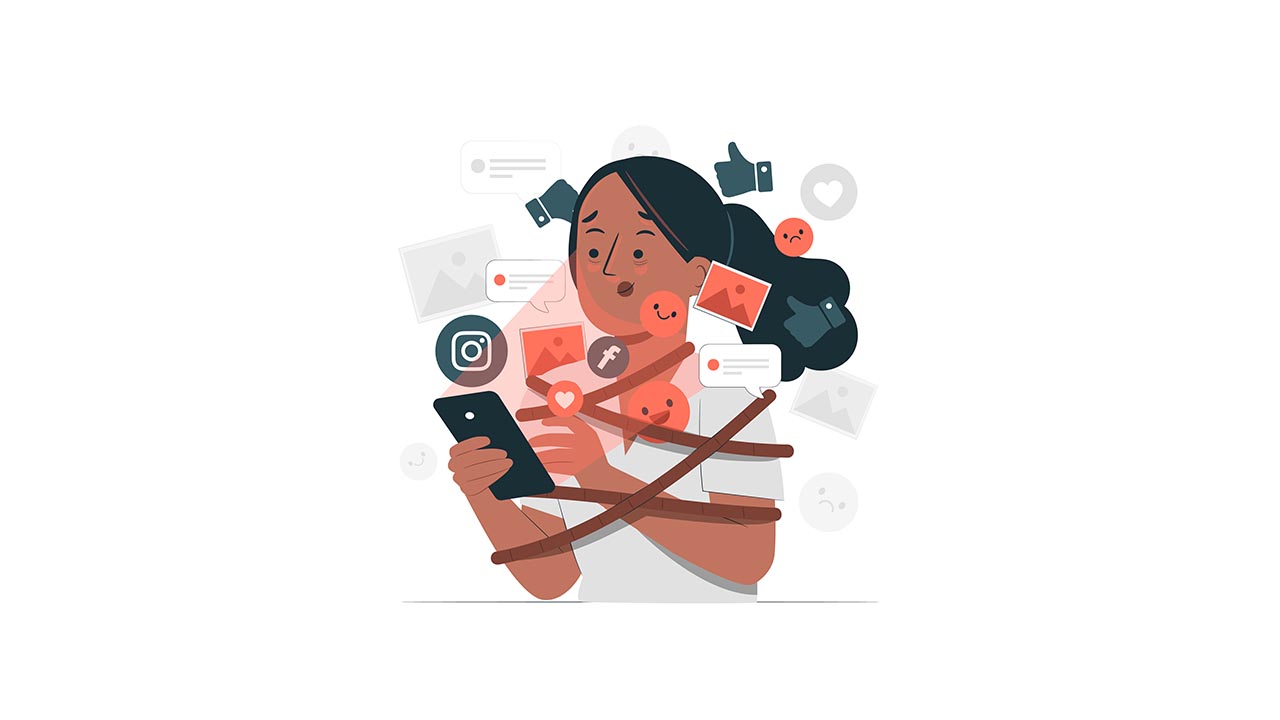
Digital distractions refer to the interruptions and diversions caused by electronic devices and online content. These can include social media notifications, emails, text messages, and even random web browsing. The ease of access to endless information and entertainment makes it difficult to stay focused on a single task.
For example, you’re working on a report, and suddenly your phone buzzes with a new message. You decide to check it, and before you know it, you’ve spent 20 minutes scrolling through your social media feed. This is a classic case of a digital distraction. These interruptions can break your concentration and make it hard to return to your original task.
Another common digital distraction is the habit of multi-tasking with digital devices. Many people believe they can manage multiple tasks at once, like answering emails while attending a virtual meeting. However, research shows that multi-tasking often leads to poorer performance in both tasks. Our brains are not wired to handle multiple streams of information simultaneously, which can lead to errors and decreased productivity.
Additionally, the rise of remote work has blurred the lines between professional and personal life. Many people find themselves checking work emails during personal time or browsing social media during work hours. This lack of clear boundaries can lead to a constant state of distraction, making it challenging to fully engage in any activity.
Digital distractions also extend beyond obvious interruptions like notifications and messages. The mere presence of our devices can be distracting. For instance, knowing that your smartphone is within reach can create a constant urge to check it, even if there are no new notifications. This phenomenon, often referred to as “phantom vibrations,” is a testament to how deeply ingrained our digital habits have become.
Digital Distraction Examples
To better understand digital distractions, let’s look at some relatable real-life situations:
- Workplace interruptions: You’re typing an important email, but Slack notifications or emails keep popping up.
- Studying at home: You sit down to study, but your phone keeps buzzing with social media updates, making it impossible to focus.
- Cleaning or relaxing: Even during simple tasks like tidying up or taking a break, the urge to check your phone for updates can pull your attention away.
By recognizing these digital distraction examples, we can begin to identify patterns and take steps to minimize their impact.
How Does Digital Distraction Affect Our Productivity?
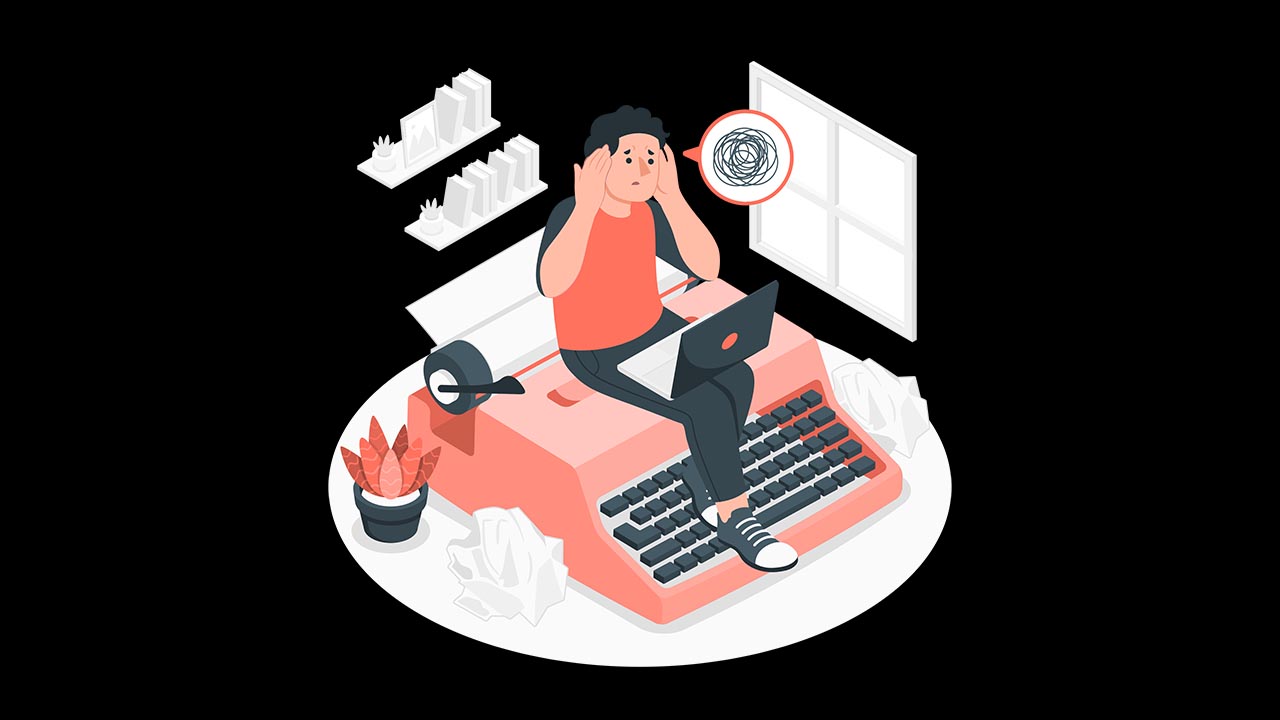
Digital distractions can significantly reduce our productivity. When we are constantly interrupted, it takes longer to complete tasks, and the quality of our work may suffer. This phenomenon is known as “attention residue,” where part of our mind remains focused on the previous task, making it harder to fully concentrate on the new one.
For instance, if you’re writing an article and you get distracted by a notification, it can take several minutes to regain your focus. Studies suggest that it can take up to 25 minutes to return to the original level of productivity after an interruption. This constant switching between tasks can lead to a significant loss of time and efficiency throughout the day.
Moreover, digital distractions can contribute to increased stress levels. The pressure to respond quickly to emails and messages can create a sense of urgency and anxiety. This constant state of alertness can prevent us from entering a flow state, where we are fully immersed and productive in our work. Over time, this can lead to burnout and a decrease in overall job satisfaction.
The impact of digital distractions isn’t limited to work. They can also affect our personal lives. For example, spending excessive time on social media can reduce the quality of our interactions with family and friends. Instead of engaging in meaningful conversations, we might find ourselves mindlessly scrolling through our feeds. This can lead to feelings of loneliness and dissatisfaction.
Removing Digital Distractions
Removing digital distractions is crucial to maintaining focus and productivity. Here are actionable steps to help you regain control over your time:
Turn Off Every Device You Don’t Need
A simple yet effective strategy for removing digital distractions at work is to turn off any device you don’t need while working. If you’re working on your computer, consider turning off your smartphone or putting it in another room. This can help eliminate the temptation to check messages or notifications.
This approach also works well during other activities, like removing digital distractions at home. For instance, if you’re spending time with family, turn off your devices or place them out of sight. Similarly, during tasks like cleaning or relaxing, focus on being present instead of checking your phone.
How to Reduce Digital Distractions
If you’re wondering how to reduce digital distractions, start by examining your habits. Identify the apps, notifications, or behaviors that tend to interrupt your focus. Here are more tips:
Create a distraction-free environment: Designate a workspace free from clutter and unnecessary devices to boost focus.
Use Do Not Disturb mode: Schedule specific periods when all non-essential notifications are silenced.
Set app limits: Many smartphones now allow you to set time limits for social media or other distracting apps.
Avoiding Digital Distractions
Avoiding digital distractions requires proactive strategies that align with your goals. Here are some effective methods:
How to Limit Digital Distractions
Before diving into specific tools, it’s essential to limit your exposure to distractions in general. Ask yourself: “How can you cutoff all digital distractions?” Start by setting boundaries:
- Define “work hours” and “personal time” to avoid overlaps.
- Use physical cues like closing your laptop when not in use or keeping your phone out of sight.
Using WallHabit to Block Distractions
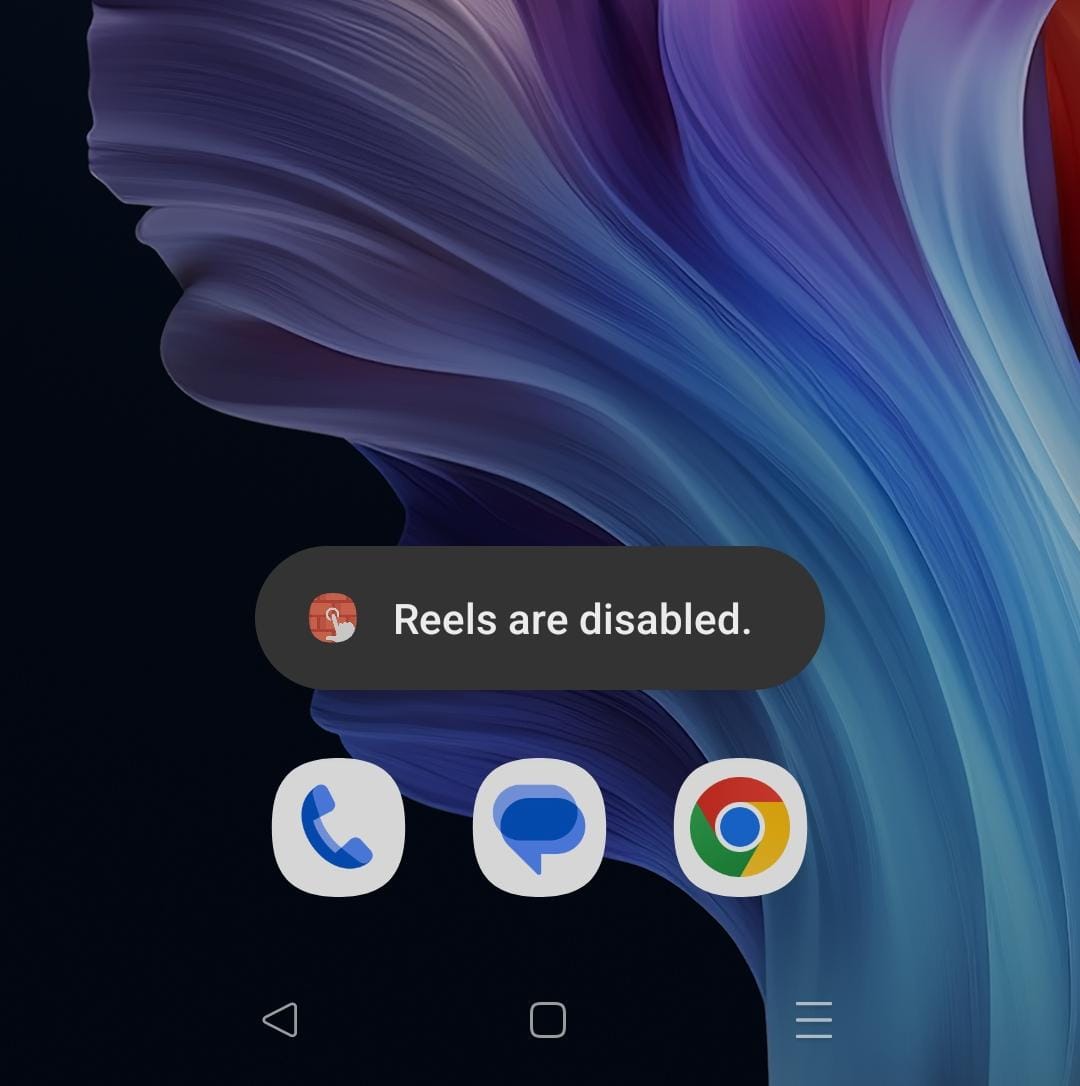
One of the most effective ways to manage distractions is using tools like WallHabit. WallHabit helps you block specific websites and apps during work hours, providing a seamless solution for avoiding digital distractions.
With WallHabit, you can schedule blocking periods to ensure apps like social media remain inaccessible during focused work sessions. This is especially effective if you’ve been looking for tips on being productive despite digital distractions.
Conclusion
In today’s hyper-connected world, digital distractions are an inevitable challenge. However, with the right strategies for removing digital distractions and tools like WallHabit, you can create a balanced and productive environment.
By recognizing digital distraction examples and taking intentional steps, such as turning off unnecessary devices, setting app limits, and using “Do Not Disturb” features, you can reduce interruptions and regain control over your time. Remember, learning how to reduce digital distractions is about mindfulness and discipline, ensuring that technology serves you rather than controls you.
Start your journey toward productivity by identifying your triggers, making adjustments, and embracing healthier digital habits. The rewards include improved focus, reduced stress, and a greater sense of accomplishment in both your personal and professional life.
